It looks like you're using an Ad Blocker.
Please white-list or disable AboveTopSecret.com in your ad-blocking tool.
Thank you.
Some features of ATS will be disabled while you continue to use an ad-blocker.
share:
Originally posted by Kantzveldt
reply to post by Hanslune
That's easier said than done in my opinion, if one looks at greater Tiwanaku culture for example it raises more questions than answers.
But your using images from the Inca, mesoamerica and other cultures, the Inca religion is well known and a great deal is also know about the various aspects of mesoamerica religions. I would note that you're acting to analyze structures without taking into context the culture of the people who built them.
Originally posted by Kantzveldt
reply to post by Trueman
Thanks, i have no ideas on how any of this would work if at all in a practical sense i just observe the context and associated meaning of patterns.
Another important thing to take in consideration, the "portals" seem to be linked between each other, as part of a network that uses what we know today as the World's Energy Grid. This energy grid was well known by ancient andean cultures, and the "Cápac Ñan", which was a huge system of roads, built considering the energy grid. In those days, it was easy to find the portals and intihuatanas (mostly destroyed by the spaniards).
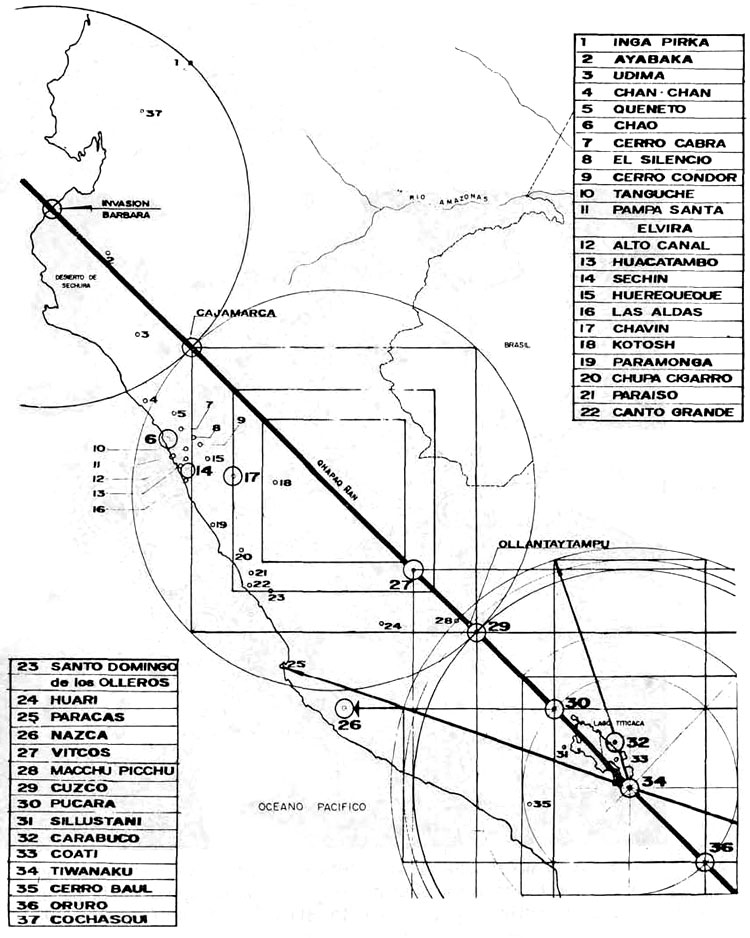
Originally posted by Hanslune
Originally posted by Kantzveldt
reply to post by Hanslune
That's easier said than done in my opinion, if one looks at greater Tiwanaku culture for example it raises more questions than answers.
But your using images from the Inca, mesoamerica and other cultures, the Inca religion is well known and a great deal is also know about the various aspects of mesoamerica religions. I would note that you're acting to analyze structures without taking into context the culture of the people who built them.
It's imposible to understand andean culture without considering their religion, most of the explanations we are looking for, envolve their religion. For the Incas and pre-columbian cultures, everything has to do with spirituality.
reply to post by Kantzveldt
Seems to draw a lot of parallels to the myths of Gog and Magog from the Bible/Quran. There are some stories where a hero creates a wall between 'two mountains' but other people have interpreted it as there was a bridge between two worlds. It was sealed, but in time will re-open and we will be faced with that foe again. Its religion so who knows what to believe, but when I read an article on it, they very clearly described what seemed to be a wormhole like portal in rock, that was sealed shut to prevent these enemies at bay. Gog Magog is an interesting read as well although its not the article I was describing, I wish I could find it. I'm not religious let alone Islamic and I would suggest that you look past that aspect towards the symbolism/metaphor.
Anyway, thats just what popped into my head when I read your post. Great topic.
Cheers.
Seems to draw a lot of parallels to the myths of Gog and Magog from the Bible/Quran. There are some stories where a hero creates a wall between 'two mountains' but other people have interpreted it as there was a bridge between two worlds. It was sealed, but in time will re-open and we will be faced with that foe again. Its religion so who knows what to believe, but when I read an article on it, they very clearly described what seemed to be a wormhole like portal in rock, that was sealed shut to prevent these enemies at bay. Gog Magog is an interesting read as well although its not the article I was describing, I wish I could find it. I'm not religious let alone Islamic and I would suggest that you look past that aspect towards the symbolism/metaphor.
Anyway, thats just what popped into my head when I read your post. Great topic.
Cheers.
reply to post by Hanslune
The problem is the Inca show every sign of having adopted and built upon, in a less sophisticated manner, earlier remains, the same for Puma Punku and greater Tiwanaku culture.
Between AD 600 and AD1000, Tiwanaku settlers colonized the Moquegua Valley in southern Peru. The Tiwanaku colonists settled primarily at four large site groups in Moquegua. I have directed survey and excavation projects at the three largest of these: Omo, Chen Chen, and Rio Muerto.
These within-site studies support the Tiwanaku affiliation of these diasporic enclaves. Excavations of domestic contexts at Omo, Chen Chen, and Rio Muerto found Tiwanaku colonial homes built of organic materials, utilizing either a tent-like skeletal structure of thin posts or "quincha" structures with wattle and daub walls built of river cane
weber.ucsd.edu...
So the colonial masters from mighty Tiwanaku chose to live in mud huts.
The satellite sites of Tiwanaku expansion seem fairly rudimentary with adobe brick constructions of the sunken court architecture as their focus, an exception being that of the Omo Temple which has a single layer of perfectly cut multi faceted ashlars on it's upper layer, which possibily were salvaged from elsewhere or all that remained of a previous structure, the rest of the wall above and overall structure completed in mud brick,.
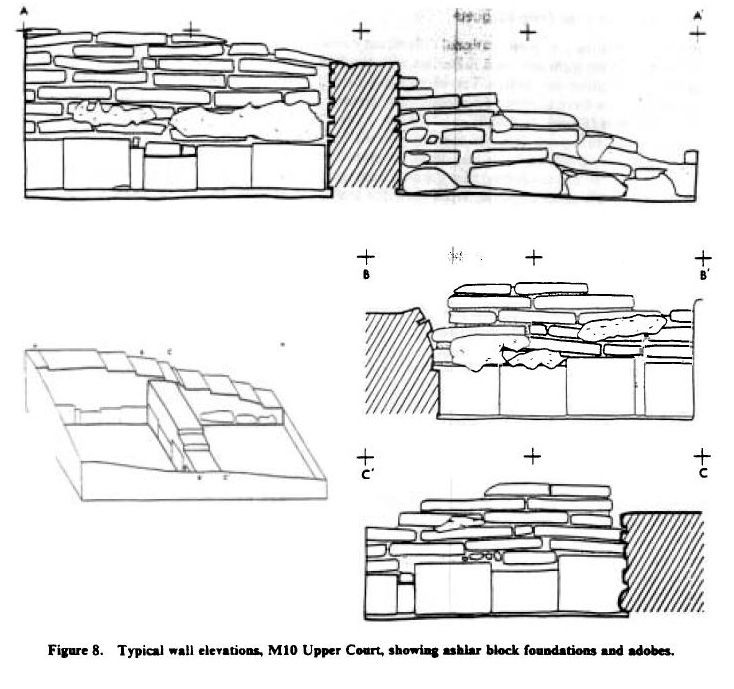
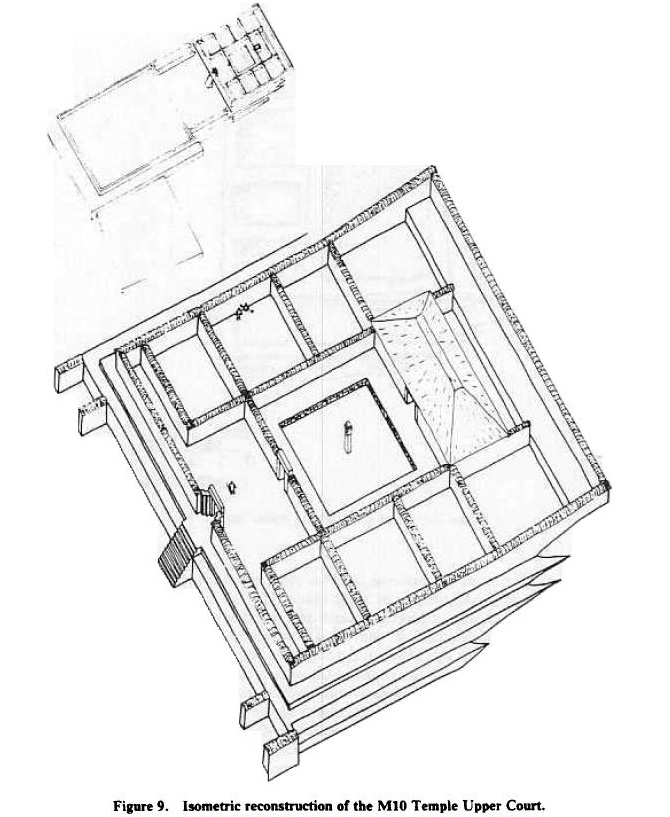
This is not good, rather like Greek or Roman colonists only managing to produce one decent building course on their provincial Temple with the governer living close by in a mud hut...It's rather like that basic scientific principle, repeatability, if they could build Puma Punku why construct the supposed subsequent and imitative outlying temple sites of mud and straw...?
The pattern motifs of the Puma Punku stones can be readily sourced in the cultural artifacts of Tiwanaku culture, not surprisingly as they were centred there, but it certainly pre-dates them throughout the greater region, as obviously it does the Inca, thus the basis for the iconography cannot be found in Inca culture, only their legends and interpretations and adoptions of such.
The problem is the Inca show every sign of having adopted and built upon, in a less sophisticated manner, earlier remains, the same for Puma Punku and greater Tiwanaku culture.
Between AD 600 and AD1000, Tiwanaku settlers colonized the Moquegua Valley in southern Peru. The Tiwanaku colonists settled primarily at four large site groups in Moquegua. I have directed survey and excavation projects at the three largest of these: Omo, Chen Chen, and Rio Muerto.
These within-site studies support the Tiwanaku affiliation of these diasporic enclaves. Excavations of domestic contexts at Omo, Chen Chen, and Rio Muerto found Tiwanaku colonial homes built of organic materials, utilizing either a tent-like skeletal structure of thin posts or "quincha" structures with wattle and daub walls built of river cane
weber.ucsd.edu...
So the colonial masters from mighty Tiwanaku chose to live in mud huts.
The satellite sites of Tiwanaku expansion seem fairly rudimentary with adobe brick constructions of the sunken court architecture as their focus, an exception being that of the Omo Temple which has a single layer of perfectly cut multi faceted ashlars on it's upper layer, which possibily were salvaged from elsewhere or all that remained of a previous structure, the rest of the wall above and overall structure completed in mud brick,.


This is not good, rather like Greek or Roman colonists only managing to produce one decent building course on their provincial Temple with the governer living close by in a mud hut...It's rather like that basic scientific principle, repeatability, if they could build Puma Punku why construct the supposed subsequent and imitative outlying temple sites of mud and straw...?
The pattern motifs of the Puma Punku stones can be readily sourced in the cultural artifacts of Tiwanaku culture, not surprisingly as they were centred there, but it certainly pre-dates them throughout the greater region, as obviously it does the Inca, thus the basis for the iconography cannot be found in Inca culture, only their legends and interpretations and adoptions of such.
edit on 27-6-2012 by Kantzveldt because: (no reason given)
reply to post by QuantifedInfinity
The location of the three windows or caves will seemingly be in the Cuzco sacred valley in the area of the so called Temple of the Sun and such, which is a number of caves, shrines, portals.
Were exposed these portals and huaca show signs of considerable age through weathering
.
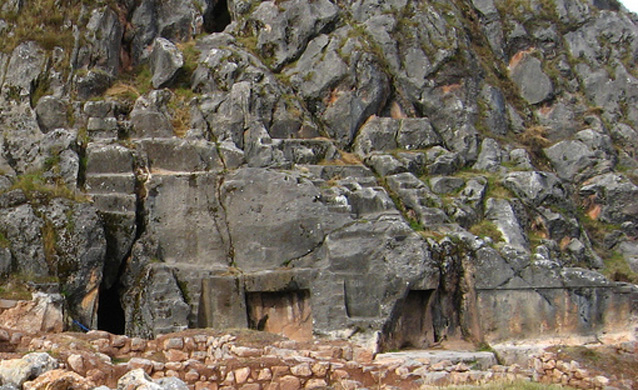

The location of the three windows or caves will seemingly be in the Cuzco sacred valley in the area of the so called Temple of the Sun and such, which is a number of caves, shrines, portals.
Were exposed these portals and huaca show signs of considerable age through weathering
.


reply to post by Kantzveldt
Thank, you for your reply. It's threads like this one that make me come back to ATS once in a while. I just hope I made some kind of beneficial contribution to it.... Keep up the good work
Thank, you for your reply. It's threads like this one that make me come back to ATS once in a while. I just hope I made some kind of beneficial contribution to it.... Keep up the good work
reply to post by lonewolf19792000
Yep. Like decorating your church with crosses. Those thugs look cool. Too bad they don't have any purpose
Me kids.
Yep. Like decorating your church with crosses. Those thugs look cool. Too bad they don't have any purpose
Me kids.
is anyone else really pisse.d off that some *$#@%$#@ blew the top off the stone with dynamite. honestly WTF!!!!!!!!
edit on 27-6-2012 by
wewillnotcomply666 because: (no reason given)
Hi I'm from Bolivia, I live in the capital city La Paz which it's just two hours away from tiwanaku.
Here you can see more pictures showing tiahuanacu's portals
top view schematic of the biggest portal in kalasasaya temple
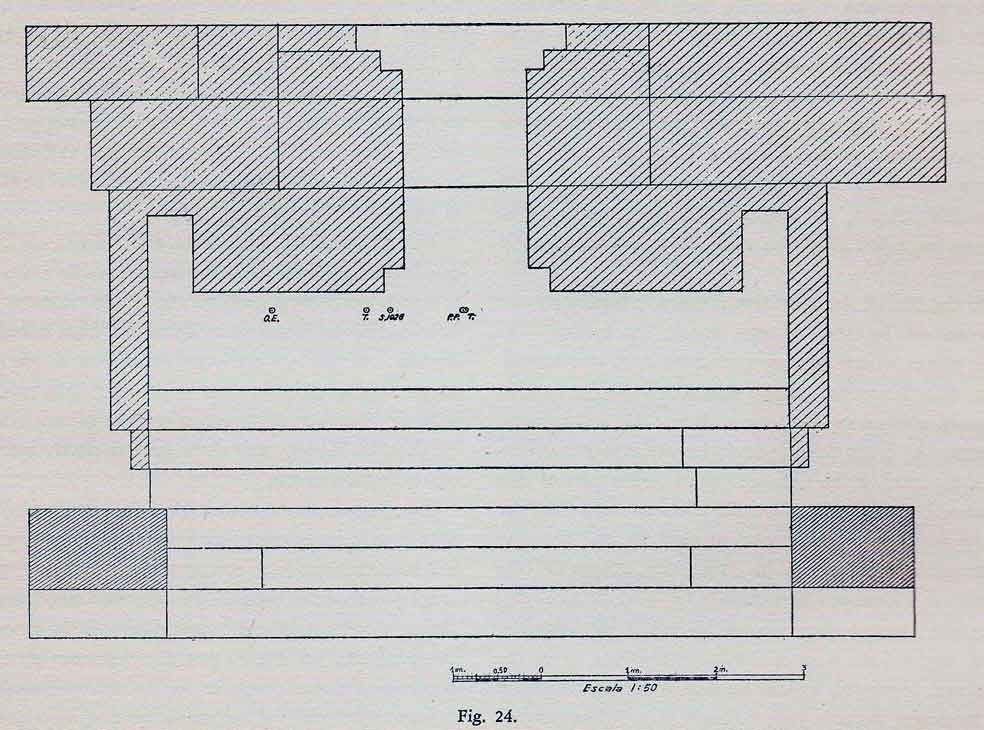

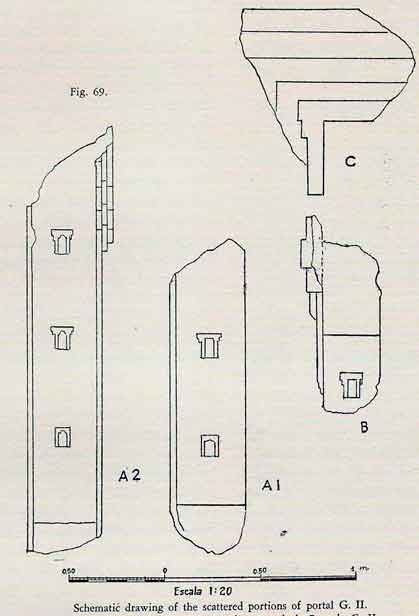
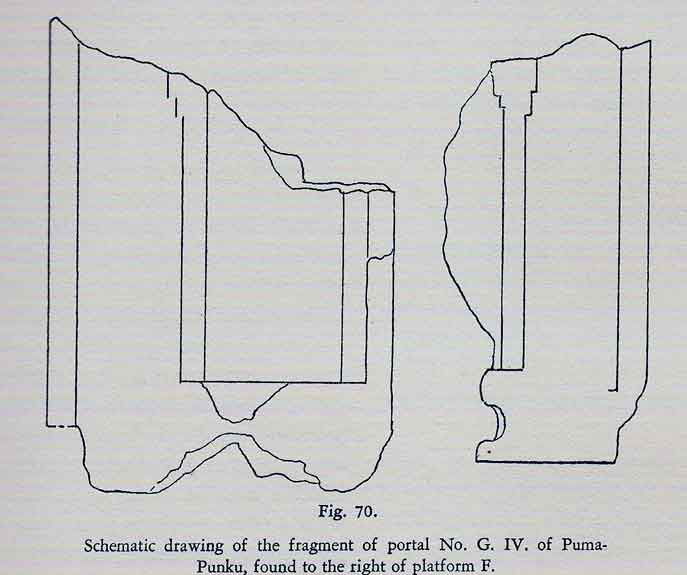
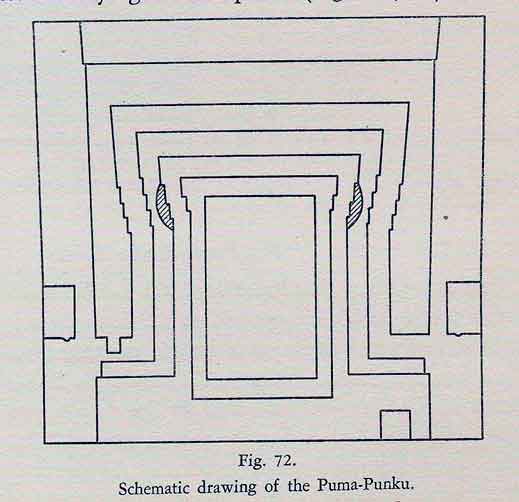

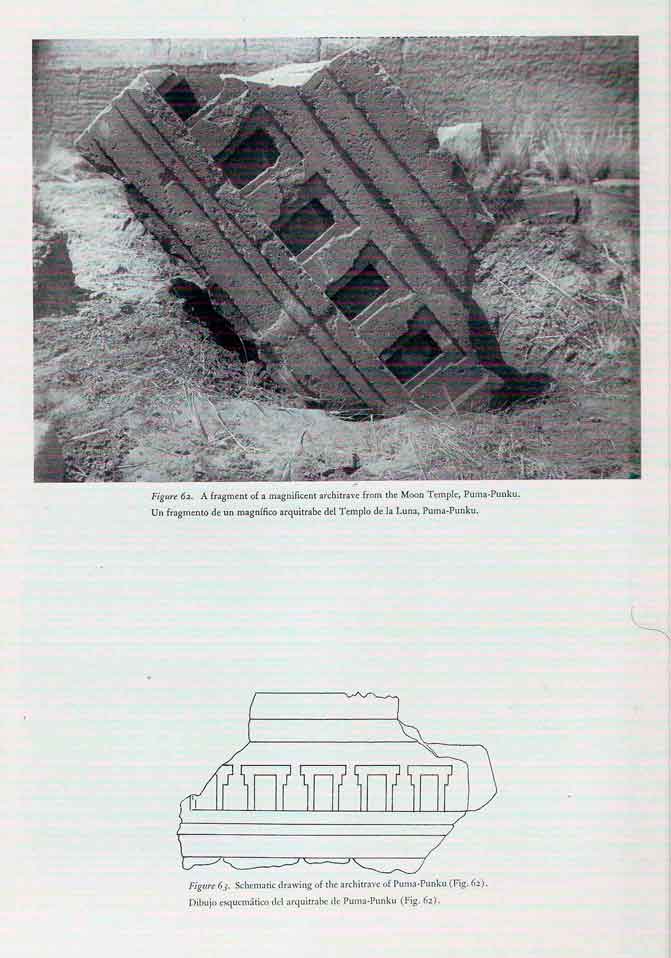
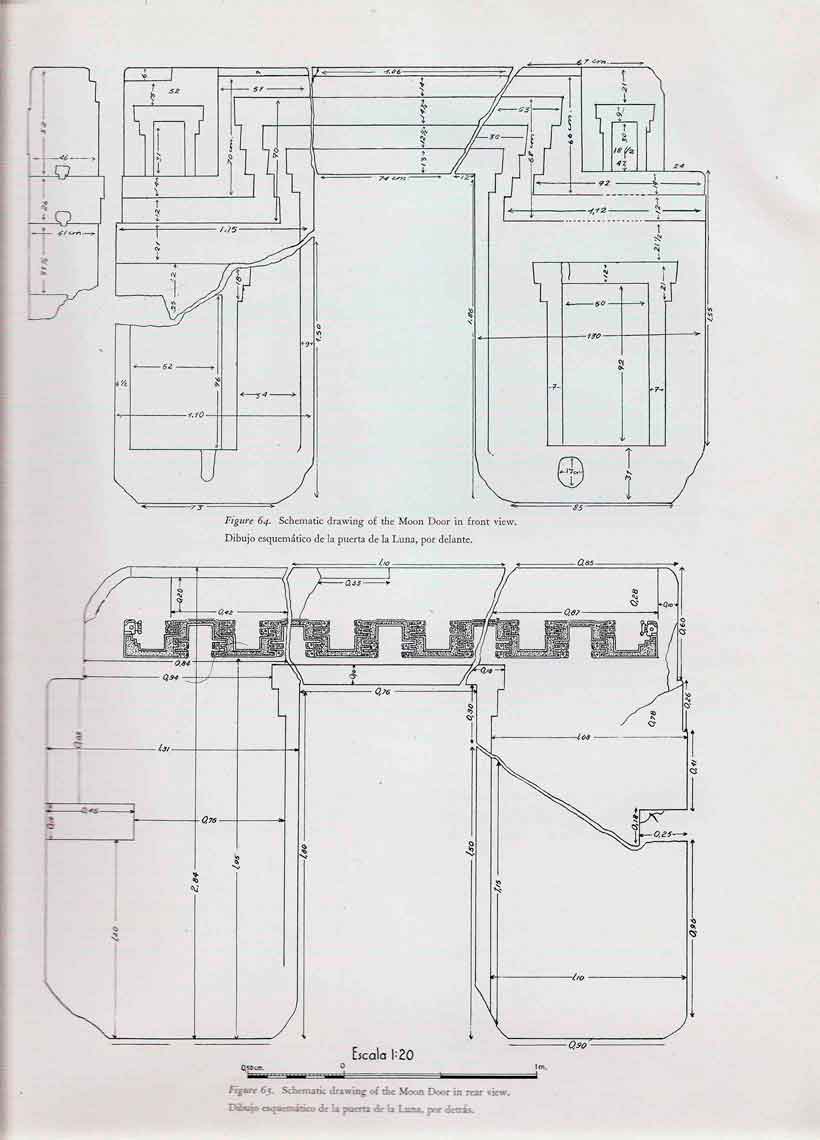
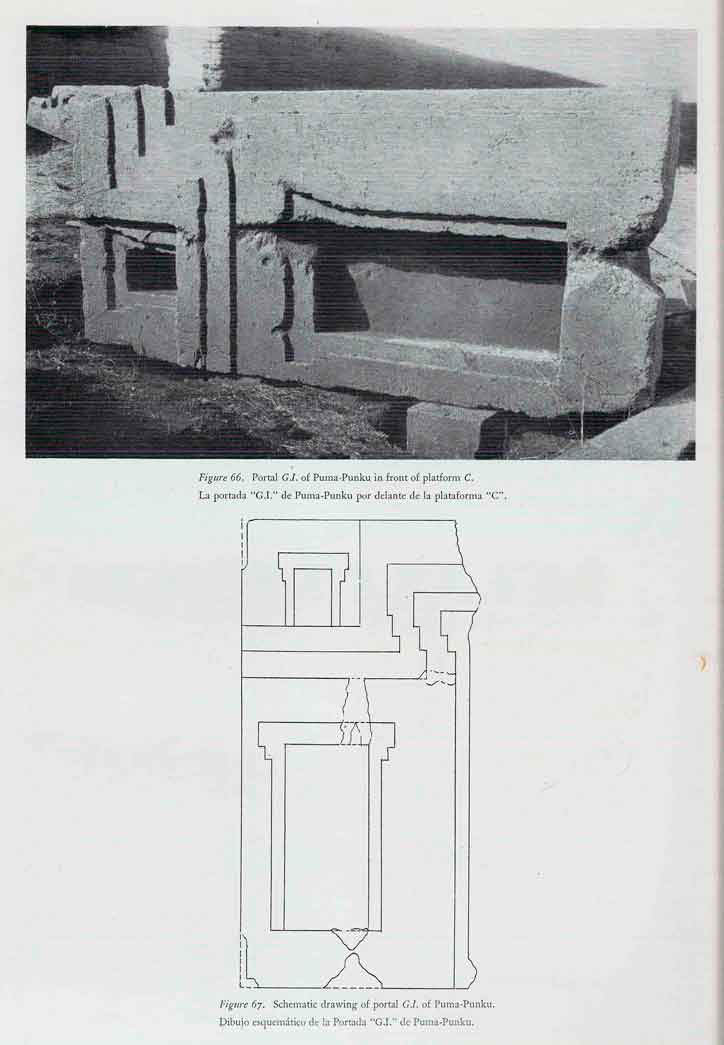
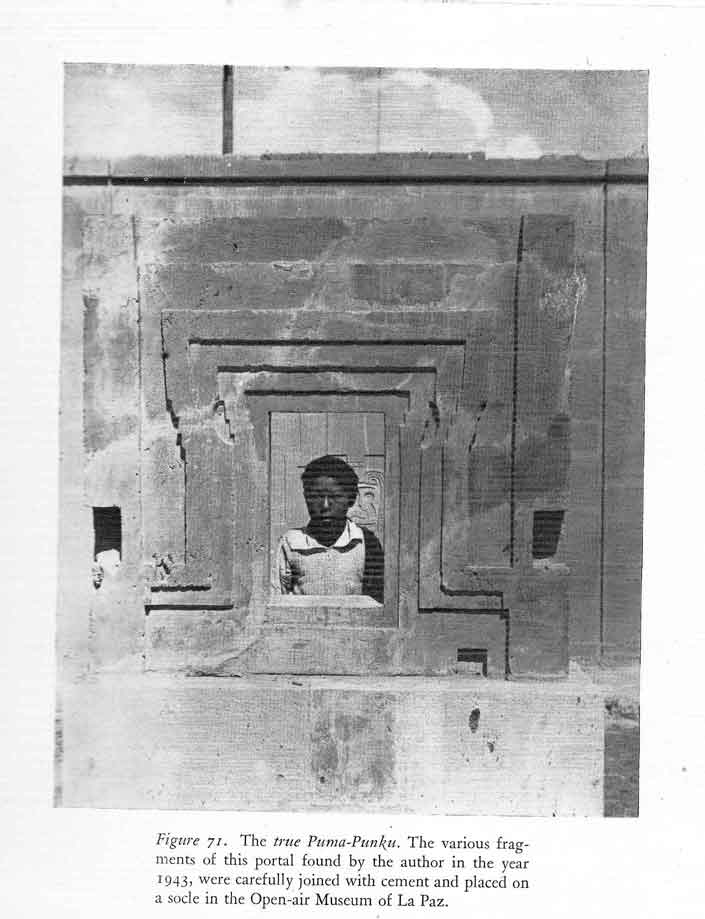
[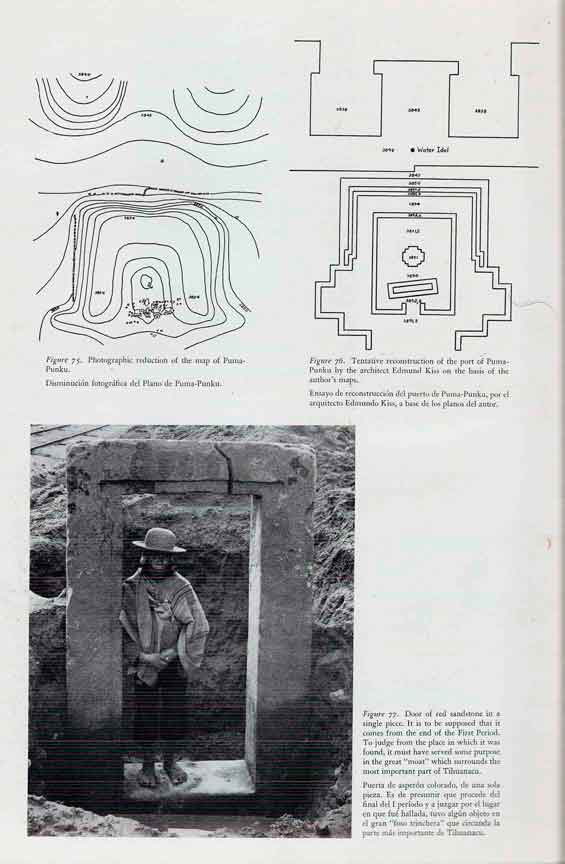

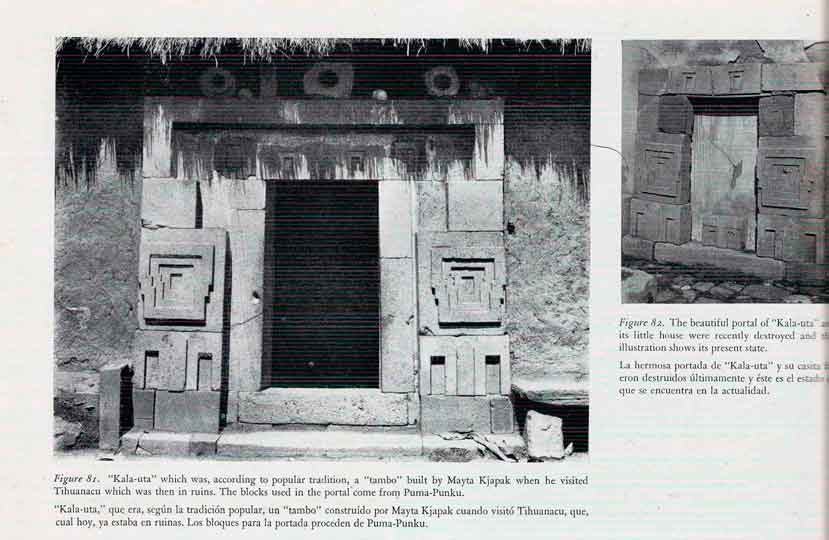
Here you can see more pictures showing tiahuanacu's portals
top view schematic of the biggest portal in kalasasaya temple










[



edit on 28/6/12 by elpistolero1 because: (no reason given)
Originally posted by AwakeinNM
Originally posted by abeverage
Originally posted by HawkeyeNation
Stargates have always been something that interested me. But of course are they just a thing of myth? I want to believe no. How do we turn these darn things back on? Is it possible the destination to which they came from has been destroyed.
This begs to say maybe there was a reason they were turned off, destroyed or shut down...
Maybe they didn't spring for the service plan.
or maybe it will take the "key to the abyss" to open them or one of them
reply to post by Kantzveldt
For the same reason most peasants in the middle ages lived in mud and wattle huts while their kings and bishops built cathedrals
For the same reason most peasants in the middle ages lived in mud and wattle huts while their kings and bishops built cathedrals
...or they are just stones that had an important religious or spirtual meaning to the people who made them.
If you think Indentations means a 'star gate' instead of a place to put a statue of a god, or having another symbolic meaning then I'd suggest looking at most other religious buildings, all mosques have a mihrab, Shinto temples have an alcove, etc
If you think Indentations means a 'star gate' instead of a place to put a statue of a god, or having another symbolic meaning then I'd suggest looking at most other religious buildings, all mosques have a mihrab, Shinto temples have an alcove, etc
reply to post by Trueman
In the popular traditions it was Cuzco that was thought to relate to the centre of a Chakana no...?
In the popular traditions it was Cuzco that was thought to relate to the centre of a Chakana no...?
reply to post by elpistolero1
Thanks for those, there are one or two there that i'd been looking to trace, particularly the 'tambo' one.
Thanks for those, there are one or two there that i'd been looking to trace, particularly the 'tambo' one.
reply to post by Hanslune
How many medieval cathedrals can you think of were the first course of building is of superbly cut ashlars and then the rest of the structure is crude wattle and daub and adobe brick...?
You seem also to entirely miss the point of the Puma Punku architectural remains and the architectural features related in style of the Cuzco region, that it is the geometry and proportions of the portals and windows themselves rather than any figurative elements which determined the style, compare this with say Chavin culture which was concerned with intricate figurative representation.
To assume then that an architectural style was created with it's non-figurative emphasis on the geometry of portals and windows simply in order that a voluminous quantity of non-evidenced figurative idols could be placed within them seems somewhat presumptuous...
How many medieval cathedrals can you think of were the first course of building is of superbly cut ashlars and then the rest of the structure is crude wattle and daub and adobe brick...?
You seem also to entirely miss the point of the Puma Punku architectural remains and the architectural features related in style of the Cuzco region, that it is the geometry and proportions of the portals and windows themselves rather than any figurative elements which determined the style, compare this with say Chavin culture which was concerned with intricate figurative representation.
To assume then that an architectural style was created with it's non-figurative emphasis on the geometry of portals and windows simply in order that a voluminous quantity of non-evidenced figurative idols could be placed within them seems somewhat presumptuous...
edit on 28-6-2012 by Kantzveldt because: (no reason given)
Originally posted by Kantzveldt
reply to post by Trueman
In the popular traditions it was Cuzco that was thought to relate to the centre of a Chakana no...?
If you associate the word "Chakana" with world's magnetic centers, you are right and probably that's why Machu Picchu was built there.
But these places are older than the Incas. Other cultures like Paracas, Chavin, Tihuanacu and
Nazca knew them too, so there are many more, some of them almost unknown.
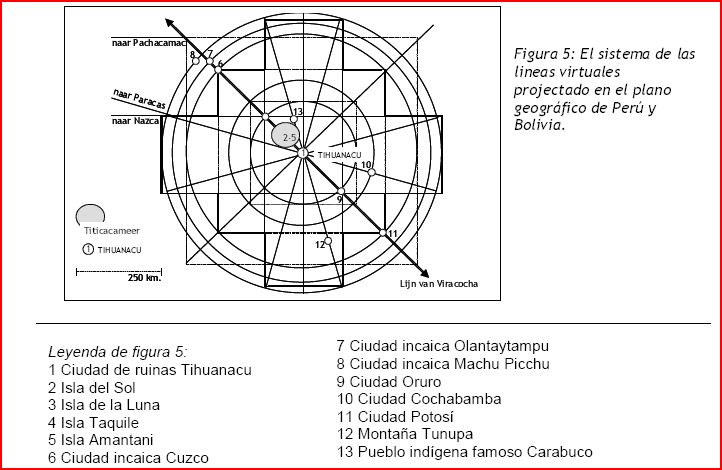
chakana.nl...
To mention just 2 of the ones I know :
- Marcahuasi.
marcahuasiperu.com...
- Picata.
www.rupestreweb.info...
Those 2 are even much older than the cultures mentioned.
edit on 28-6-2012 by Trueman because: (no reason given)
Originally posted by Kantzveldt
reply to post by Hanslune
How many medieval cathedrals can you think of were the first course of building is of superbly cut ashlars and then the rest of the structure is crude wattle and daub and adobe brick...?
That is not what is found at PP, are you referring to something else?
To assume then that an architectural style was created with it's non-figurative emphasis on the geometry of portals and windows simply in order that a voluminous quantity of non-evidenced figurative idols could be placed within them seems somewhat presumptuous...
Yes and no you seemed to have missed the second part of my sentence - are you saying that the Inca and other cultures had NO religious reason for building anything or were they like every other culture we know of and rather deeply influence by their myths and religion, which in turn influenced their buildings. I believe you will find that easily transportable idols, especially ones made of gold and wood disappeared a long, long time ago. You can read about them in Spanish accounts.
Or is everything 'stargates'?
edit on 28/6/12 by Hanslune because: (no reason given)
reply to post by Hanslune
I was refering to the Omo Temple complex which i provided the drawings for above, were there is a single first course of well carved andesite blocks. There was another Tiwanaku satellite colony were this was also seen, obscure and i need to relocate it, but again the ground plan laid out with andesite blocks, almost certainly scavenged, and the rest of the construction has washed away, disintergrated over time.
The Puma Punku complex itself, such as reconstructions go, gives every indication that this was also such a Temple created on a mound (from hence the dating), re-using andesite blocks.
The point being the andesite blocks were held in great esteem and put to a secondary usage, also seen at Tiwanaku itself were they were mainly re-used to be seen by those approaching the city in order to impress.
Of course the Inca, Tiwanaku and the rest had religious reasons for what they built or often rebuilt upon, and of course they had idols, which the Spanish tended to appropriate for themselves subsequently, and yes often the windows, niches and portals would have provided conveniant homes for these idols...but...one cannot seriously suggest the sublime non-figurative architectural style and motifs were developed for such a singular and humble function, and that they did not have significance in their own right.
One can also trace usage of this motif back to the time before there were any idols...
www.turisticalperu.com...
I was refering to the Omo Temple complex which i provided the drawings for above, were there is a single first course of well carved andesite blocks. There was another Tiwanaku satellite colony were this was also seen, obscure and i need to relocate it, but again the ground plan laid out with andesite blocks, almost certainly scavenged, and the rest of the construction has washed away, disintergrated over time.
The Puma Punku complex itself, such as reconstructions go, gives every indication that this was also such a Temple created on a mound (from hence the dating), re-using andesite blocks.
The point being the andesite blocks were held in great esteem and put to a secondary usage, also seen at Tiwanaku itself were they were mainly re-used to be seen by those approaching the city in order to impress.
Of course the Inca, Tiwanaku and the rest had religious reasons for what they built or often rebuilt upon, and of course they had idols, which the Spanish tended to appropriate for themselves subsequently, and yes often the windows, niches and portals would have provided conveniant homes for these idols...but...one cannot seriously suggest the sublime non-figurative architectural style and motifs were developed for such a singular and humble function, and that they did not have significance in their own right.
One can also trace usage of this motif back to the time before there were any idols...
edit on 29-6-2012 by Kantzveldt because: Add video
www.turisticalperu.com...
edit on 29-6-2012 by Kantzveldt because: Link
new topics
-
Thousands Of Young Ukrainian Men Trying To Flee The Country To Avoid Conscription And The War
Other Current Events: 3 hours ago -
12 jurors selected in Trump criminal trial
US Political Madness: 5 hours ago -
Iran launches Retalliation Strike 4.18.24
World War Three: 6 hours ago -
Israeli Missile Strikes in Iran, Explosions in Syria + Iraq
World War Three: 6 hours ago
top topics
-
George Knapp AMA on DI
Area 51 and other Facilities: 12 hours ago, 25 flags -
Israeli Missile Strikes in Iran, Explosions in Syria + Iraq
World War Three: 6 hours ago, 15 flags -
Louisiana Lawmakers Seek to Limit Public Access to Government Records
Political Issues: 14 hours ago, 7 flags -
So I saw about 30 UFOs in formation last night.
Aliens and UFOs: 17 hours ago, 6 flags -
Iran launches Retalliation Strike 4.18.24
World War Three: 6 hours ago, 6 flags -
Not Aliens but a Nazi Occult Inspired and then Science Rendered Design.
Aliens and UFOs: 12 hours ago, 5 flags -
12 jurors selected in Trump criminal trial
US Political Madness: 5 hours ago, 4 flags -
The Tories may be wiped out after the Election - Serves them Right
Regional Politics: 15 hours ago, 3 flags -
Thousands Of Young Ukrainian Men Trying To Flee The Country To Avoid Conscription And The War
Other Current Events: 3 hours ago, 3 flags
active topics
-
Graham Hancock being proven right all along about ancient humans in America.
Ancient & Lost Civilizations • 105 • : bluesfreak2 -
Thousands Of Young Ukrainian Men Trying To Flee The Country To Avoid Conscription And The War
Other Current Events • 2 • : DerBeobachter2 -
The Tories may be wiped out after the Election - Serves them Right
Regional Politics • 23 • : andy06shake -
Mandela Effect - It Happened to Me!
The Gray Area • 109 • : ArMaP -
Mood Music Part VI
Music • 3058 • : Hellmutt -
Fossils in Greece Suggest Human Ancestors Evolved in Europe, Not Africa
Origins and Creationism • 60 • : whereislogic -
Scarface does Tiny Desk Concert
Music • 7 • : sitrose -
The Acronym Game .. Pt.3
General Chit Chat • 7727 • : F2d5thCavv2 -
Russia Ukraine Update Thread - part 3
World War Three • 5697 • : F2d5thCavv2 -
Do we live in a simulation similar to The Matrix 1999?
ATS Skunk Works • 22 • : SchrodingersRat
